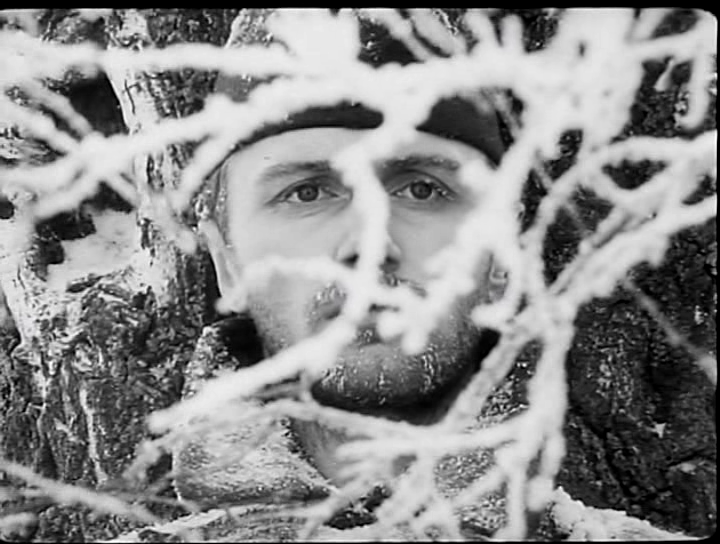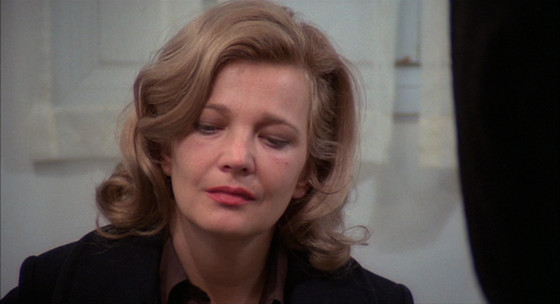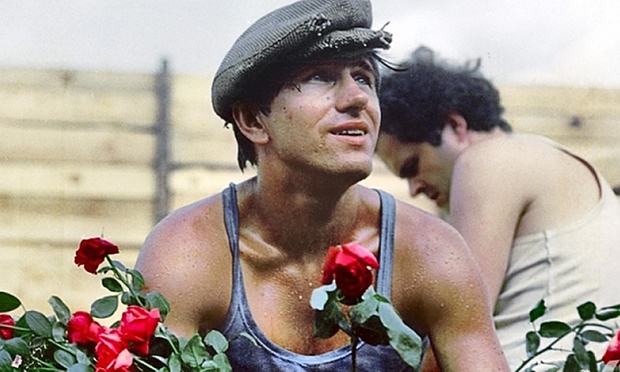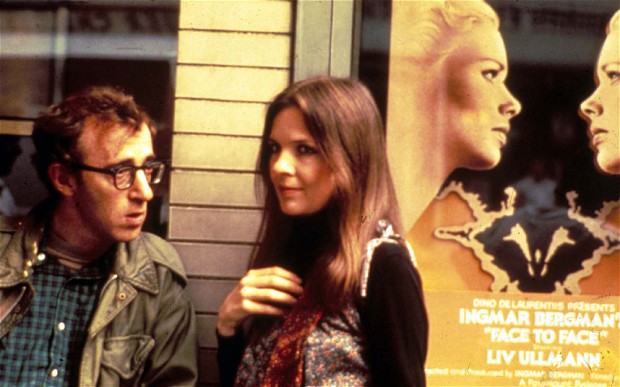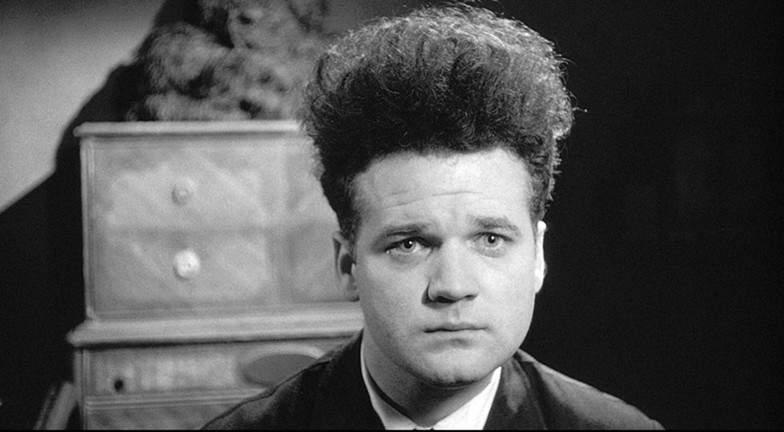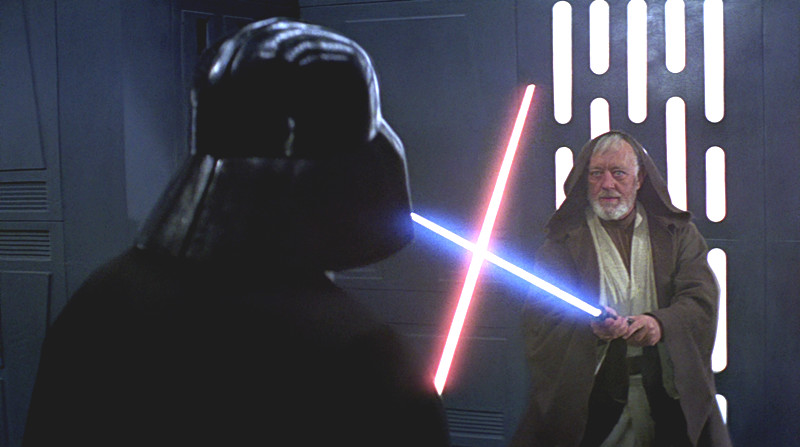8. The Message (Moustapha Akkad)
This introduction to early Islamic history received approval from many Quran scholars and clerics, as many such people were consulted throughout the making of the film to ensure that the film is accurate and respectful towards Mohammad and the Islamic religion. Of course, not all Islamic authority figures have been supportive of the film but, to this day, it is considered the closest any international film has come to the truth.
“The Message”, also known as “Mohammad, Messenger of God”, depicts the life and legend of the Prophet Mohammad throughout three hours of epic filmmaking. The film includes the Muslim persecutions from the early days, the exodus to Medina, the return to Mecca as well as the battles of Badr and Uhud.
A powerful element of the film is that Mohammad is never seen or heard onscreen. This is in keeping with Islamic tradition, which holds that impersonation of the Prophet offends against the spirituality of his message – there is even a disclaimer at the beginning of the film. This also meant that the filmmakers had to be inventive in suggesting the presence of the Prophet in certain scenes.
Throughout the film, his presence is indicated with the use of light organ music. His words, teaching, and commands are repeated by other characters that are near his presence, so that viewers are able to follow the story. His actions and words are always filmed from his point of view, so the viewer sees characters like Hamza or Bilal looking directly into the camera as if they are talking to him.
Not only is the film very educational, but the struggle, the prejudice and the difficulties of Mohammad and his people are covered in a dramatic moving picture style which appeals to the mass public without starting unnecessary debates.
7. The Ascent (Larisa Shepitko)
The plot of this film is so simple and yet so deep and profound. It involves two Soviet partisans who leave their unit behind in order to search for supplies in nearby villages. When they reach the farms, they realize that the enemy soldiers are already there. This peculiar situation leaves the two no choice but to retreat into German territory.
Most of the action of the film takes place outdoors, in snowy landscapes where the characters are constantly exposed to the bright winter light. This seemingly visual monotony is purposely done in order for the audience to realize that the characters are no so much present but thrown in this barren landscape, without their will.
The film also avoids psychological characterization, although a number of close-ups are used. The intensity of the film is thoroughly sustained by visual elements of the surrounding environment (fire, snow, steam, wood, metal) and by some unexpected light. Still, the film’s desperate feel of no escape is somehow toned down by its images that give it a diaphanous aura.
6. Opening Night (John Cassavetes)
“Opening Night” is an insightful and terrifying film about the theatre from the minimalist master himself, John Cassavetes. The acting department relies on two of Cassavetes’ regulars: his wife Gena Rowlands and his good friend Ben Gazzara, as well as himself.
Broadway actress Myrtle Gordon (Gena Rowlands) is in the final stages of rehearsal for her latest play. In the play, she plays a woman unable to cope with the fact that she is aging.
Myrtle is terrified of her character because she sees herself and her fears reflected through this fictional woman. Her mental state deteriorates even further when a fan of hers dies in an accident. Her self-imposed spiritual quest does not provide her with the answers she needs, which deepens her frustration. But the show must go on and it seems that Myrtle does not have the time to think about these things as the opening night is drawing closer.
A really great thing about this film – among many others – is that the viewer is subliminally involved in Myrtle’s drama and they may find themselves looking for answers on how to pull her out of her depression. The film is very introspective and non-traditional and deals with issues that some feel uncomfortable discussing. Gena Rowlands is masterful in her work and Cassavetes is masterful in being Cassavetes.
5. Man of Marble (Andrzej Wajda)
It’s amazing with how much Polish director Andrzej Wajda got away during the communist regime in Poland. His 1977 film “Man of Marble” and its 1981 sequel “Man of Iron” were true anticommunist statements that somehow managed to elude censorship and get their messages across. “Man of Marble” is also a testimony of the power of the seventh art.
The film is told in two different time periods (the 50s and the 70s) that alternate in order to fill in the missing pieces of the puzzle. In Krakow in the mid-70s, young documentary filmmaker Agnieszka has chosen a very controversial subject for her film diploma: the mysterious disappearance of proletariat hero Mateusz Birkut, a bricklayer that represented the pride of the communist regime in the 1950s. She begins interviewing everyone who knew him (including his friends, co-workers and ex-wife) in order to figure out what led to his downfall and his ultimate demise.
Through the extensive use of flashbacks, the audience travels back in the 50s and witnesses the rise and fall of Birkut. With this very clever procedure, Wajda exposes every rotten trick communism had up its sleeve.
“Man of Marble” can be read in several layers: as a meditation regarding the hassles of filmmaking, as a complex study of one of the most horrible periods in the history of communism, or as a prediction that the regime cannot last because of its foundation of lies, deceits and false obedience. Unique in many senses, “Man of Marble” presents the sad realities of an era that mustn’t be forgotten and mustn’t be masked by stories of heroic deeds and false achievements.
4. Close Encounters of the Third Kind (Steven Spielberg)
“Close Encounters of the Third Kind” is one of the few movies written (not just directed) by Steven Spielberg.
The film looks at the extraterrestrial phenomenon from two different perspectives; the scientific one represented by Claude Lacombe (played by legendary film director Francois Truffaut) and the one of the average person represented by blue-collar worker Roy Neary (Richard Dreyfuss).
Roy’s life changes radically one night after experiencing a close encounter with a UFO, leaving him obsessed with what he saw and plagued by subliminal messages. His family eventually leaves him but he continues to seek enlightenment.
Meanwhile, the scientists discover that music is the key in communicating with the aliens (a five-tone musical phrase on a major scale that is now a part of cinematic history). But the scientific and the empiric way lead to the film’s climax in the middle of the desert where the encounter of the two species is to take place.
Spielberg is, of course, a master of entertainment and is able to give the viewer a sense of genuine wonder and awe, thanks to always-dazzling special effects and effective filmmaking. “Close Encounters of the Third Kind” has its awe-inspiring moments in the alien contact scenes, which can be both suspenseful and enigmatic.
The aliens are always depicted with a shroud of mystery, which is definitely a plus; it is typical of Spielberg to try to explain as clearly as possible the fantastical elements of his story, but it’s nice to see in this film he kept a veil of mystery over the factual events. The movie is now among Hollywood’s premiere attractions and will always remain one of the first visual treats of modern cinema history.
3. Annie Hall (Woody Allen)
Initially, Woody Allen wanted “Annie Hall” to be a Bergman-esque introspective into man’s soul, a serious analysis of success and failure in a relationship. Also, Allen wanted to name his film “Anhedonia” – the inability to feel pleasure. Eventually, none of these ideas came through and Woody Allen was bitter about it, but the public loved the film and “Annie Hall” became one of the most beloved movies of all time.
The film is a comedic examination made by Alvy Singer (Woody Allen) – a comedian and playwright wannabe – regarding his relationship with nightclub singer Annie Hall (Diane Keaton). The film is very fast paced and often breaks the fourth wall as Alvy asks for advice from the extras in the film or just communicates his problems to the audience in front of the screen.
Alvy’s love story with Annie is pretty basic: they meet, they fall in love, they drift apart, and they break up. What is remarkable about the film’s storytelling is the mixture of comedy, moments of emotional drama, and small episodes of surreal fantasy.
Allen’s biggest ally in “Annie Hall” is himself. As the writer, director and protagonist, Allen invents his own style to create irony and make the adult audience laugh. He is wonderful at thinking up the most strange and unusual things that work and are truly hilarious.
“Annie Hall” forges its strength from humor. The film opens with a mildly devastating thought about life but this fits with the tone of the film wonderfully. The film stands on its own two feet so well because it’s a mature, realistic, adult film at heart, which often makes you wonder who was the real Annie Hall in Woody Allen’s life?
2. Eraserhead (David Lynch)
Inspired by David Lynch’s upbringing in an industrial town, but also by the literary works of Kafka and Gogol, “Eraserhead” is a madman’s fable about life. In a surreal, industrial town, Henry (Jack Nance) is just trying to get by without bothering anyone. However, it seems that in the universe of David Lynch, that is impossible.
When Henry’s girlfriend gets pregnant, he reluctantly marries her and has to cope with his mother-in-law hitting on him. Things take a turn for the very worse when the couple’s baby turns out to be a deformed, lizard-like monster that will just not stop crying.
“Eraserhead” is a highly unpredictable film. The tension the audience feels, as it awaits the next wave of strange sensations, is well accompanied by nightmarish music and morbid decors. Through his corrosive imagination that is fantastically absurd, Lynch exploits fears that exist in each and every one of us but very few admit their presence. It is that fear that is repressed in the deep end of the subconscious.
The viewer is literally presented with a nightmare in which every gesture and every morbid set-up intensify in a sort of evil spiral that descends upon its watcher with an unsuspected strength. The narrative and the dialogue might be minimal, but this is done on purpose to give the characters a chance to develop and to manifest themselves non-verbally, in an unprecedented form of expressivity.
1. Star Wars: A New Hope (George Lucas)
Originally, the name of this film was just “Star Wars”. The subtitle “A New Hope” was added in its re-release in the early 80s. Initially, this science-fiction-western featuring a cast of unknown actors didn’t promise much, so producers weren’t exactly in line to do this project. Apparently, not even George Lucas himself was 100 percent sure of the film’s success. The only one that was certain of this was the one actor who hated the film and its legacy: the original Obi-Wan Kenobi himself, Sir Alec Guinness.
The plot of Star Wars (a movie franchise that in 2015 anticipates its seventh episode) is very well-known. In a distant future, in a galaxy far, far away, a young boy named Luke Skywalker (Mark Hamill) sets out on a dangerous quest against the Empire, a tyrannous regime that has built a space station named Death Star, powerful enough to destroy to whole Universe. Also, the Empire is keeping hostage Princess Leia (Carrie Fisher), the leader of the rebel alliance.
Luke is not alone in his quest; by his side are old Jedi Master Obi-Wan Kenobi (Alec Guinness), daredevil space captain Han Solo (Harrison Ford) and his sidekick Chewbacca, as well as two faithful robots named C-3PO and R2-D2. The Empire is controlled by an evil emperor, the ruthless Darth Vader (voiced by James Earl Jones).
Through this first film of the saga, George Lucas created a mythology that has been widely accepted by audiences around the world (from the average moviegoer to Andrei Tarkovsky – who apparently loved the film).
Aside from the fact that people have come to love and know all sorts of bizarre characters from the universe created by Lucas, the epic battle between good and evil contains names and objects that are now part of the collective imagination: The Millennium Falcon, Death Star, light sabers, Stormtroopers, Jedi Knights, just to name a few.
By giving “Star Wars” to the world, George Lucas managed to do more than just make a successful film; he created an entire world, an unmatched space opera that has been copied many times since then, but never outdone.
Author Bio: Horia Nilescu is a 30-year-old cinephile from Brasov, Romania. He works at a local bookstore as a multimedia & events manager (handling supplying issues in regards to cd’s and dvd’s and also organizing local events). He is passionate about film and fascinated by its diversity. He has created a local film club in Brasov (going of 3 years) in which he handles all aspects. He likes to talk and write about movies but most importantly he likes to watch them.

